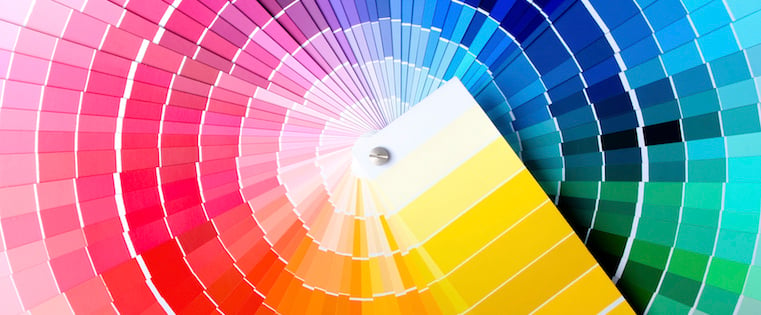January 6, 2015 // 8:00 AM
Color Theory 101: Deconstructing 7 Famous Brands' Color Palettes

Pablo Picasso once said, "Why do two colors, put one next to the other, sing? Can one really explain this? No. Just as one can never learn how to paint."
Ladies and gentlemen, Picasso was wrong.
You actually can figure out why “two colors, put one next to the other, sing.” Or, more accurately, you can figure out why some color combinations work (i.e., look good) and why other color combinations don’t work (i.e., look terrible).
I realize that Picasso probably meant “one can never learn how to paint” in a less literal, more philosophical way. As in, you can’t teach someone to have a sense of style or how to develop artistic sensibilities; that there is some innate, incomprehensible trait that some people have and some people don’t.
It would seem, according to Picasso’s quote, that being able to determine what colors look good next to each other is a talent you’re born with, and not something you can learn.
Again, I would disagree.
From a scientific standpoint, it’s certainly plausible that some people are genetically predisposed to being good at art and design. But I’d argue that the "10,000 hours theory” makes that notion irrelevant. For those unfamiliar with the 10,000 hours theory, it states that anyone can become a master of a particular skill provided that they practice that skill for, approximately, 10,000 hours during their lifetime.
So, while Picasso may have been born with some level of predisposition toward being good at painting, the primary reason why he was so good is quite simple: he painted a lot. And if you practice a lot, you can get better at picking the right color palettes, too.

No comments:
Post a Comment